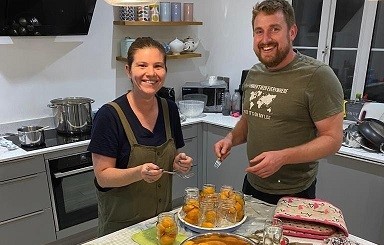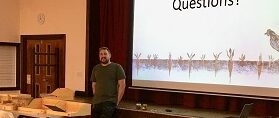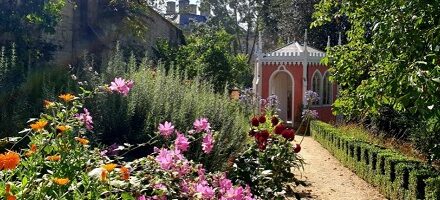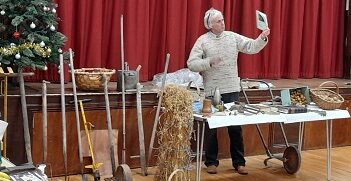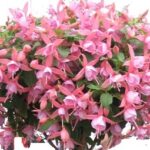Meetings with Remarkable Vegetables – From Wild Parent To Cultivated Offspring
On 27 June ODGC welcomed Adam Alexander, Vice Chairman of Gardening Organic. Adam, who has grown vegetables since boyhood, has travelled extensively during his career making television documentaries about the food and culture of many countries worldwide. He recognised during his travels that many vegetable growers in often challenging climates and growing conditions remain connected with the soil and crops which they eat, unlike the western world that has little knowledge of the varieties of vegetables which it eats.
In the nineteen eighties whilst filmin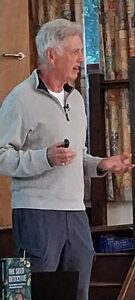 g in Donetsk he bought a particularly flavoursome red pepper and returned to the market where the stallholder explained that she grew them herself from home saved seeds. Adam was given some seeds and this was the start of a collection of about 500 vegetables and the establishment of the Heritage Seed Library which maintains the national collection of heritage vegetables at Garden Organic in Warwickshire. This aims to conserve vegetable varieties that are not widely available, sharing seed with their members.
g in Donetsk he bought a particularly flavoursome red pepper and returned to the market where the stallholder explained that she grew them herself from home saved seeds. Adam was given some seeds and this was the start of a collection of about 500 vegetables and the establishment of the Heritage Seed Library which maintains the national collection of heritage vegetables at Garden Organic in Warwickshire. This aims to conserve vegetable varieties that are not widely available, sharing seed with their members.
Unlike commercial varieties many heirloom varieties are genetically diverse which means they are adaptable and selective breeding results over time in favourable traits such as size or earliness. So many seeds are on the edge of extinction such as the Catalonia pea, a delicious 3m tall pea with large white flowers, attractive to pollinators bred by one man a hundred years ago.
In 2011 whilst visiting Palmyra in Syria, in the fertile crescent where old world crops were first domesticated, Adam was offered a dish of unusually large and delicious fava seeds. Excavations have shown that fava seeds have been cultivated in the area for 10,000years. Selective breeding has resulted in short pods with large seeds. Sadly Assad blew up Aleppo, the heart of fava cultivation. Other countries such as Jordan and Palestine now have seed libraries.
Oman grows much of its own food in extremely challenging arid conditions. Hard necked garlic is grown at an altitude of 1500m in terraces by means of a complicated irrigation system. The seed originated in China, probably distributed by trade historically.
Fifty years ago scientists discovered that one of the oldest crops, maize, originated in the Balsa valley in Mexico, developed 6,000/7,000 years ago from the wild parent by selecting genetic mutations. The Navajo sweetcorn grown by the Hopi nation is sown 18inches deep and ten paces apart because of the scarcity of water.
This fascinating talk demonstrated the way in which selective plant breeding has resulted in vegetables well adapted to local conditions and made us aware that their survival often hangs by a thread.
Ghislaine Arundale

